READY TO GET STARTED?
REQUEST A FREE ESTIMATE
Fill out the form below or call (888) 466-7849 for a free, no-obligation estimate.
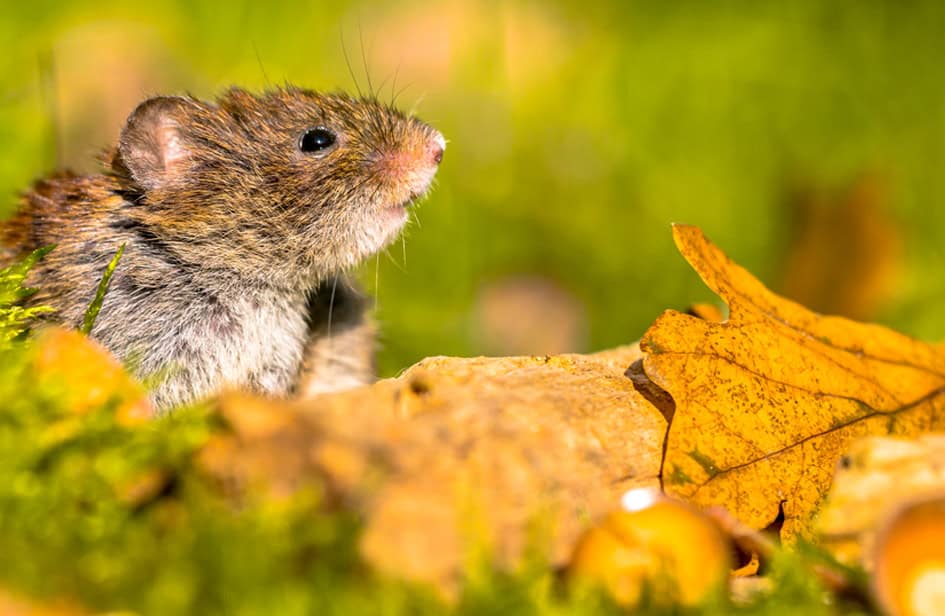
As fall settles in across Florida, homeowners are met with cooler temperatures and a notable increase in pests such as rodents, centipedes, silverfish and cockroaches seeking shelter from the changing weather. With their relentless pursuit of warmth and food, it’s crucial to implement practical strategies to keep these uninvited guests out. Discover our effective pest prevention techniques to help you prevent fall pests!
Despite the cooling temperatures, many pests remain active during fall as they search for warmth, food, and moisture. Understanding their behavior is essential for preventing their attempts to invade your home. Small cracks, crevices, and the persistent humidity can create hidden entry points, making it vital to thoroughly inspect your home for vulnerabilities. Being proactive now can save you from larger infestations later.
Seal cracks and gaps with caulking and weather stripping, particularly around doors and windows. Installing door sweeps can significantly reduce potential entry points, preventing pests from slipping through unnoticed.
Clear away debris outside and organize storage areas inside. This not only eliminates potential nesting sites for pests but also creates a more inviting atmosphere for you and your family.
Regularly vacuum and wipe down surfaces to remove food attractants that can lure pests into your home. Use sealed containers for food storage and keep trash bins emptied and covered to minimize odors that might attract critters.
Consider using essential oils like peppermint and tea tree oil, known for their pest-repelling properties. Mix a few drops of water and spray around your home’s entry points. Additionally, food-grade diatomaceous earth can effectively control crawling insects by dehydrating them; simply apply it in areas where pests are commonly spotted.
Planting marigolds, lavender, or mint around your home not only enhances your landscape but also serves as a natural deterrent to pests. These plants emit scents that repel many common insects, creating a more pest-resistant environment.
To control silverfish, maintain low humidity levels with dehumidifiers and ensure proper ventilation. Regularly declutter areas where they may hide and consider using adhesive traps to monitor and reduce their population.
To effectively manage rodents, store food in sealed containers, keep pet food stored away, and regularly clean up crumbs and spills. Additionally, sealing gaps and entry points in walls and foundations can help prevent them from entering your home. For severe infestations, consulting a pest control professional may be necessary to ensure a thorough solution.
Keep your home tidy and free of clutter, as this reduces hiding spots. Seal cracks and gaps in walls and foundations to limit their entry and consider using insecticides in severe infestations. Regularly checking for moisture issues can also help deter these pests.
To combat roaches, keep food stored in airtight containers, maintain a clean living space, and promptly address any leaks or moisture issues. Additionally, using gel baits and traps can help reduce their population. If the infestation persists, consider contacting a pest control professional for more comprehensive treatment options.
Try to reduce chemical use by adopting integrated pest management (IPM) practices, which focus on long-term prevention using various methods. Supporting local wildlife by avoiding broad pesticides and choosing targeted treatments is not only better for the environment but also helps create a healthier ecosystem.
Pest prevention is an ongoing effort, especially in Florida’s climate. By combining DIY strategies, natural deterrents, and professional help, you can ensure your home remains a pest-free sanctuary. For personalized guidance tailored to your specific situation, consider scheduling a consultation with a pest control expert. These professionals will set you up with a thorough inspection and the best treatment and prevention plan for your Florida home.
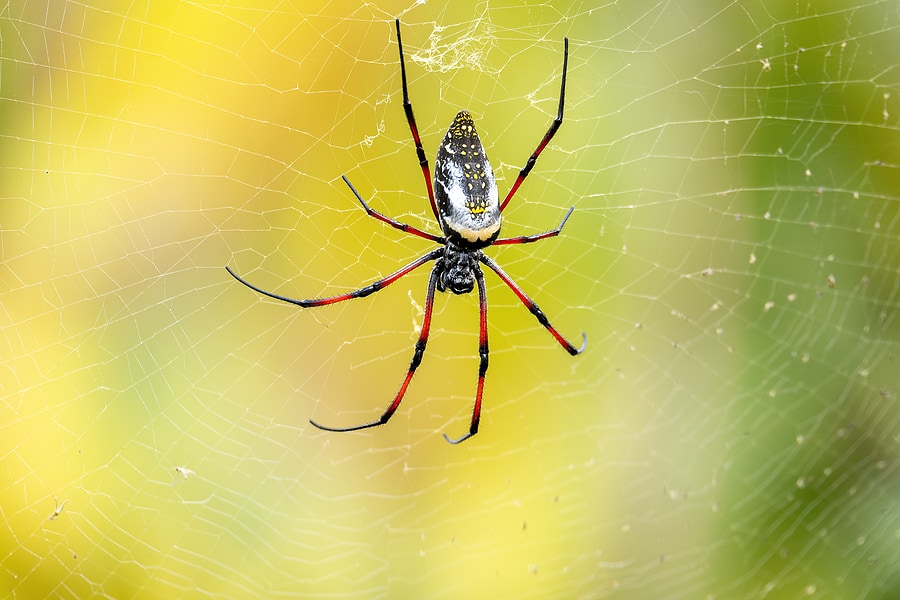
As the fall season settles in, many homeowners in Georgia are gearing up for the seasonal battle against fall pests. Among the various critters that make their way into our homes and gardens, orb weaver spiders are a common sight. While these eight-legged arachnids may appear intimidating, understanding their characteristics and behaviors is essential to maintaining a pest-free environment.
Orb weavers belong to the Araneidae family and are known for their distinctive circular webs, which they expertly spin to trap flying insects. These spiders come in various colors, shapes, and sizes, but they all share some common features:
Orb weaver spiders are outdoor creatures, and you’ll most commonly encounter them in the following places:
Before rushing to eliminate orb weaver spiders from your property, it’s essential to consider both the advantages and disadvantages they bring.
If you wish to minimize orb weaver spider presence around your home, here are some practical tips:
Don’t let orb weaver spiders and other fall pests disrupt your peace of mind this season. Take proactive steps to manage and prevent their presence by reaching out to our expert pest control team. Request a free pest control quote today and ensure a pest-free environment for you and your family.
In conclusion, while orb weaver spiders can be beneficial for natural pest control, they may also pose challenges for homeowners. Balancing their advantages and disadvantages and taking preventative measures can help you enjoy a pest-free home during the fall season.
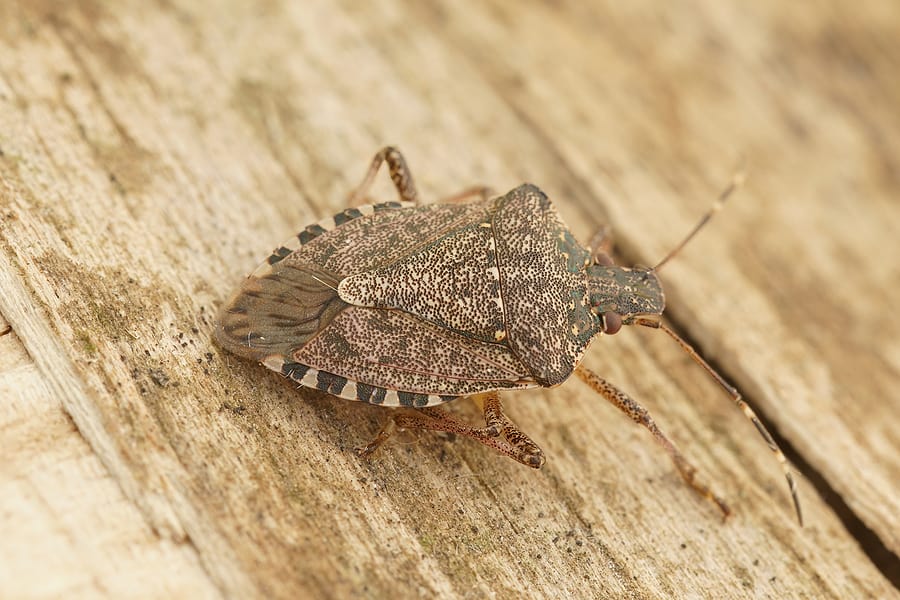
As the leaves change color and the temperature begins to drop, many people in Georgia eagerly await the arrival of fall. However, along with the beauty of this season comes a new set of challenges for homeowners – the invasion of fall pests. These household pests are often seeking shelter and warmth as they prepare to overwinter, making your cozy home an inviting destination. In this blog post, we’ll explore some common fall pests in Georgia and provide valuable tips on how to prevent their intrusion.
While fall brings cooler weather and beautiful landscapes to Georgia, it also heralds the arrival of these common fall pests. Preventing these pests from entering your home is crucial to maintaining a pest-free environment. Don’t let these overwintering pests ruin your autumn. Contact your local pest control company today for a free pest control quote to help protect your home and family.
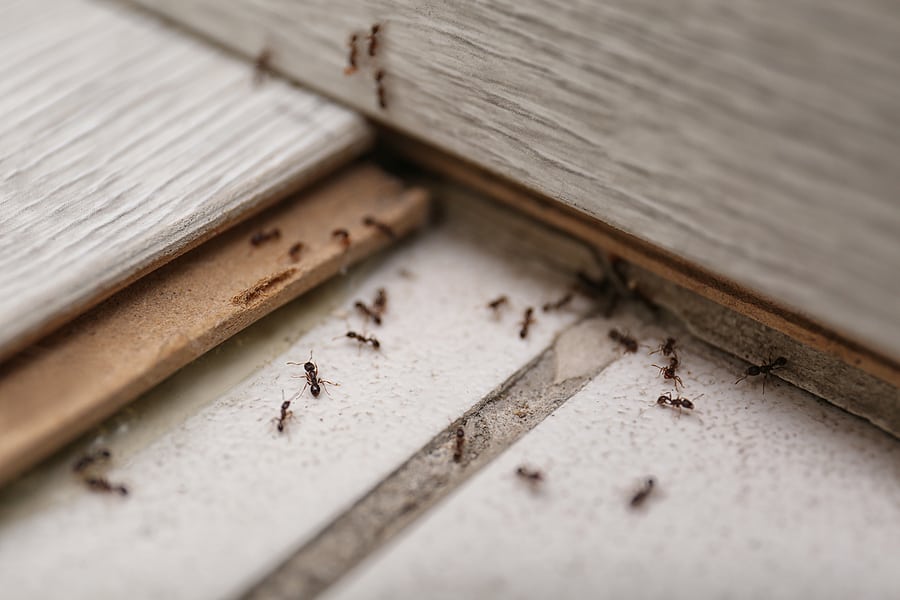
After the humid temperatures of summer, most of us are looking forward to a cooler climate as fall approaches. As we say goodbye to our summer pests, fall pests are quickly emerging. Often searching for a warm place to inhabit and an accessible food source, fall pests will invade your home if proper preventive measures are not in place. Check out our list of fall pests you should look out for, and some do-it-yourself prevention tips to avoid them.
There are several species of rodents looking to your home for shelter, including the house mouse, Norway rats, and roof rats. While these creatures have different characteristics, they each need a warm place to nest and a food source to survive. These creatures are often found in our attics, basements, crawl spaces, and kitchens. Preventing these creatures from entering homes starts with rodent prevention measures placed inside and outside the home.
Inspect your roof for any damage, including broken tiles or gaps under eaves, which can be an entry point for mice and roof rats to your attic. Likewise, utility pipes can have gaps; consider sealing around them with steel wool, caulk, or concrete. Rats like to inhabit where there’s clutter; make sure the less used areas and rooms in your home are clean and utilize plastic storage boxes with tight lids.
Sneaky, small, and often undetected, ants can become a major nuisance if they infest. These pests are attracted to warmth, food sources, and moisture. Commonly infested areas include bathrooms, kitchens, and our food pantries.
The first step in preventing ants from invading is sealing small gaps and holes around your home. These pests can fit into holes smaller than a dime, making it important to check throughout the home’s interior and exterior. Inspect windows, doors, and utility pipes that potentially have these openings. Clean up any leftover food, crumbs on the floor, and spills.
Known for being a year-round pest, seeing these pests inside your home is always alarming! While these creatures are looking for a food source and water, they can bring diseases into your home and trigger allergies and asthma attacks. Homeowners will usually find roaches in our bathrooms and kitchens.
The best way to avoid cockroaches is to identify how they got inside in the first place. Inspect areas where you’ve noticed they have infested before. Seal any noticeable cracks and crevices that lead from outside to inside your home. Roaches will utilize clutter and hide in it during the day, making it essential to clean out piles of old newspapers or magazines, cardboard boxes, paper bags, or other clutter in your home.
Dealing with a pest infestation is never ideal, especially during the busy months of the year. Consider contacting your local South Florida pest control company for an evaluation and treatment plan.
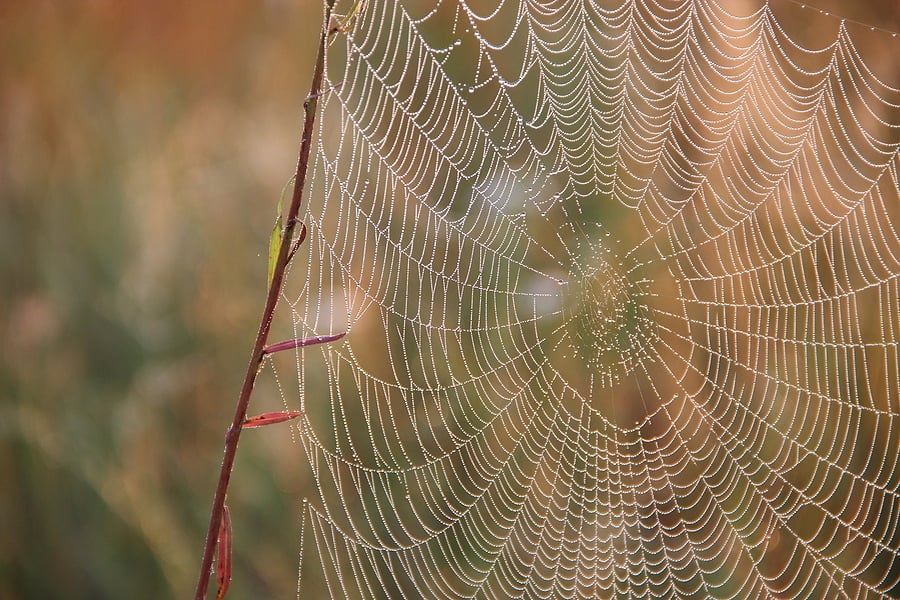
The cooler weather of fall drives many pests indoors in search of warmth from the cold, shelter from the weather, and food when supplies are scarce. These overwintering pests will spend the cold season indoors, often in your home, until the weather warms back up in the spring. Some common fall pests are spiders, rodents, roaches, and stinkbugs. Don’t let these pests take over your home this fall. Keep them out with these 4 fall pest proofing tips.
The first step in pest-proofing your home is to seal them out. Pests can be very creative when it comes to finding ways into your home. Screen attic vents, chimney openings, mail slots, and pet doors. Seal any cracks or crevices on the exterior of your home with caulk or steel wool. Seal around any utility pipes that enter your home. Replace or repair weatherstripping on doors and windows. Repair any loose mortar around windows and foundations. Install door sweeps on your doors. Repair and replace any window screens.
Most pests need water to survive. Many prefer a moist environment to thrive in. Eliminating sources of water will help keep pests out of your home. Keep crawlspaces, attics, and basements dry and ventilated. Consider crawlspace enclosure. Use a dehumidifier in garages and basements. Make sure you have a proper drainage system installed outside your home. Install gutters and keep them clear of debris. Consider installing gutter guards to help eliminate clogs. Make sure drainpipes are diverting water away from foundations. Repair any leaks as soon as possible. Get rid of any standing water on your property.
Pests will also be drawn to any areas of your home where they can find food. Eliminating these food sources will go a long way towards pest-proofing your home. Keep kitchen counters and appliances clean. Store food in airtight containers. Empty your trash regularly and use trashcans with lids. Clean up after each meal, making sure to not leave dirty dishes in the sink overnight. Seep, mop, and vacuum regularly. Don’t leave pet food or water out overnight.
Some pests will lurk outside your home and use every opportunity they can to hitchhike their way inside. Store firewood at least 20 feet away from your home and inspect it carefully before bringing it indoors. Keep shrubbery trimmed and grass mowed. Don’t let any limbs or branches touch the exterior of your home. Inspect any storage boxes, decorations, etc. before bringing them inside.
If you have a problem with pests during any season of the year, contact your local pest control company for a thorough evaluation.
3 Types of Cockroaches & How to Prevent Them
Why Am I Seeing Oriental Cockroaches?
Fall Termite Control – Is it Necessary?